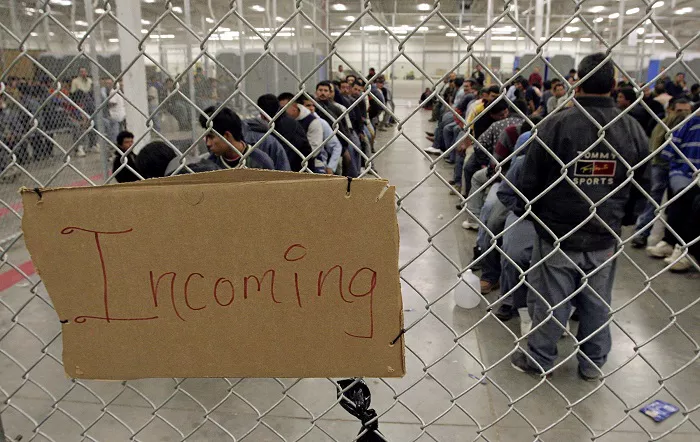Form I-90, also known as the Application to Replace Permanent Resident Card, is a key document used by lawful permanent residents (LPRs) in the United States who need to renew or replace their Green Card. Whether your Green Card is expired, lost, stolen, or you have legally changed your name, filing Form I-90 is necessary. One of the first things applicants want to know when considering this form is the cost involved. In this article, we will break down the immigration fees, how they apply to Form I-90, and what other associated costs might come up throughout the process. Additionally, we will explore important details related to immigration types and immigration requirements to help guide you through this important process.
Introduction to Form I-90 and Its Purpose
Form I-90 is primarily used for renewing or replacing a U.S. Permanent Resident Card (Green Card). The reasons for filing this form vary, from expiration of the Green Card to a name change or a lost or stolen card. For permanent residents, keeping a valid Green Card is essential, not only for re-entry into the U.S. but also for proving your lawful status in various situations such as employment, travel, and even legal matters.
Common Reasons to File Form I-90
- Your Green Card is expired or about to expire
- Your Green Card was lost or stolen
- Your name has changed legally
- Your Green Card has errors
- You were issued a card but it has incorrect information
Understanding the Cost of Filing Form I-90
The cost of filing Form I-90 consists of two main components: the filing fee and the biometrics fee. Below is a detailed breakdown of each fee, which helps applicants understand how much they need to budget for this process.
Filing Fee
The basic filing fee for Form I-90 is $455 as of 2025. This fee must be paid at the time of submitting the application. Payment can be made online via credit card or bank transfer if you are filing electronically, or by check or money order if you are filing a paper application. It is essential to check for any updates to the filing fees on the USCIS website, as fees may change over time.
Biometrics Fee
In addition to the filing fee, applicants between the ages of 14 and 79 are required to pay a biometrics fee of $85. The biometrics fee covers the cost of fingerprinting and background checks. Not all applicants are required to pay this fee—if you are filing as a child under 14 or if your situation allows for an exemption, you may not need to pay the biometrics fee. USCIS will notify you if biometrics are required after reviewing your application.
Additional Costs and Payment Methods
Payment Methods
When filing Form I-90, applicants have several payment options available, depending on how they choose to file the form. These options include:
- Online payment: If filing online, you can use a credit card or bank transfer.
- Paper filing payment: For paper filings, applicants must submit their payment via check or money order. Cash is not accepted.
Other Potential Costs
While the filing and biometrics fees are the primary expenses, applicants should also consider potential additional costs, such as:
- Legal assistance: Some applicants may choose to hire an immigration attorney to help with the Form I-90 process. Legal fees can vary depending on the complexity of your case and the attorney’s rates.
- Translation services: If your documents are not in English, you may need to pay for translation services to ensure your supporting documents are accepted.
- Shipping fees: If filing a paper application, you may need to pay for postage or shipping to ensure timely delivery to USCIS.
Exemptions to Filing Fees
Some applicants may be eligible for exemptions from the filing and/or biometrics fees. This often depends on financial hardship or specific immigration statuses. For example, individuals who are eligible for Deferred Action for Childhood Arrivals (DACA) or are under certain immigration statuses might qualify for a fee waiver.
Requesting a Fee Waiver
If you are unable to afford the filing and biometrics fees, you may be eligible to apply for a fee waiver by submitting Form I-912, Request for Fee Waiver. To qualify for a fee waiver, you must prove that your household income is below 150% of the federal poverty guidelines or show that paying the fees would cause financial hardship.
How Long Does It Take to Process Form I-90?
The processing time for Form I-90 can vary depending on several factors, including the volume of applications USCIS is handling at the time. On average, it may take between 6 to 12 months for USCIS to process your application and issue a new Green Card. However, in certain cases, it may take longer, especially if additional documentation or a background check is required.
Applicants should ensure they have submitted all required documentation and that their application is complete to avoid unnecessary delays. USCIS will send notifications regarding the status of your application, and you can also check your case status online.
Conclusion
Filing Form I-90 is a critical step for lawful permanent residents who need to renew or replace their Green Cards. While the basic immigration fees can seem costly, they are necessary to ensure the continued validity of your legal status in the United States. The total cost of filing Form I-90 will depend on whether you need to pay the filing fee, biometrics fee, or any additional legal and translation services.
Related topics:
- How Much Money Do You Need to Move to Australia?
- How Much Money Do You Need for an Australian Visa?
- How Much Does an Umrah Visa Really Cost?


